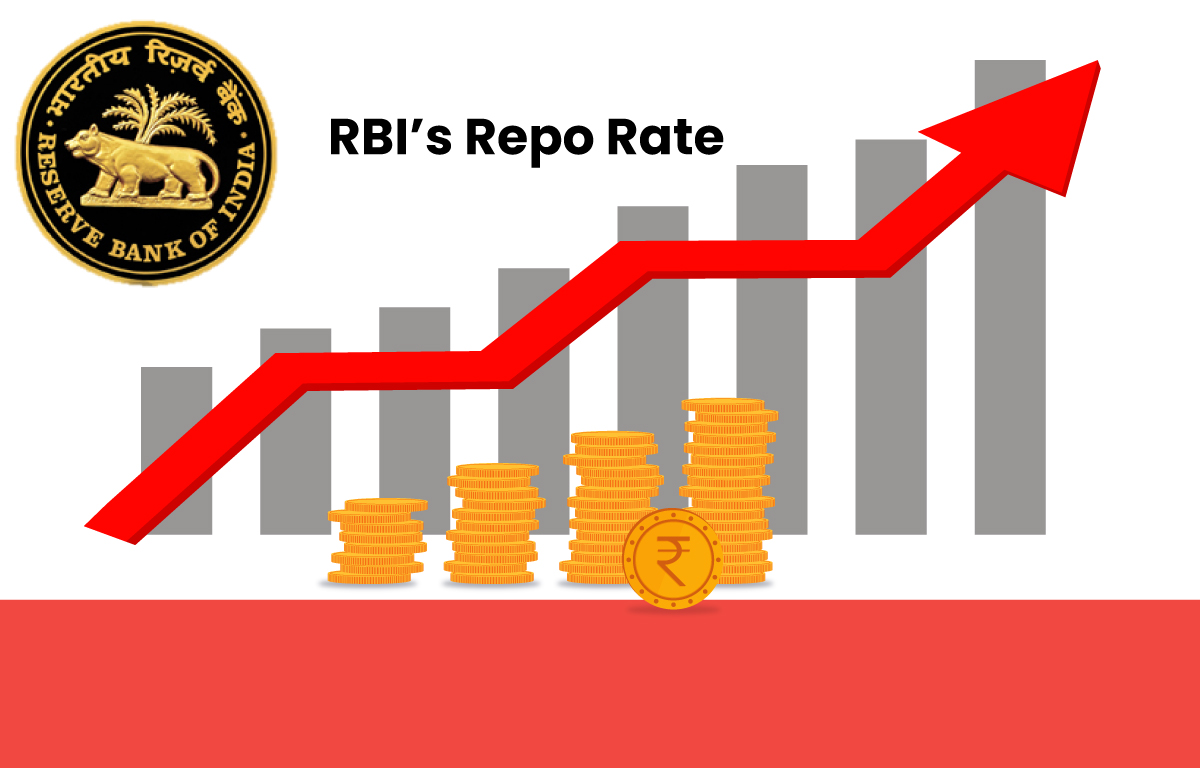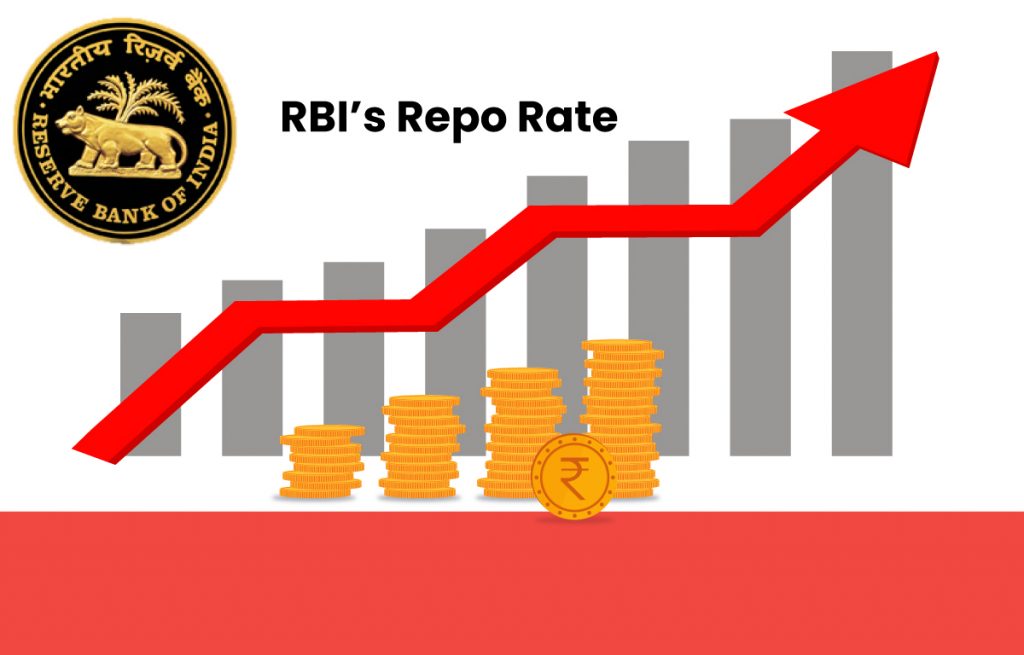Things you should know about RBI’s repo rate

Let us see the meaning of repo rate, reverse repo and bank rate.
The Reserve Bank of India serves as a lender of last resort to commercial banks, offering short-term loans during fund shortages. It also helps to maintain liquidity. The repo rate is the interest rate charged by the central bank when lending short-term funds to commercial banks.
In Repo Rate, Repo stands for Repurchasing option, or you may even say Repurchase Agreement.
But why does the RBI charge interest from commercial banks? Since RBI itself is a bank and needs funds to sustain itself, it charges interest from banks. Moreover, it is an instrument to control money supply in the economy.
But RBI does not provide unsecured loans to commercial banks. Banks need to give RBI some collateral security such as government bonds or treasury bills against such loans.
When inflation is rising above expectations, RBI increases the repo rate. An increase in repo rate makes it expensive for commercial banks to take loans from RBI and forces them to use funds judiciously. This refrains banks from taking loans due to high charges. Further, it reduces the supply of money in the economy by soaking liquidity. Less money supply assists in controlling inflation crises in the economy.
In alternate situations, when the money supply needs to be increased in the economy, the repo rate is reduced by RBI.
Who is responsible for deciding the repo rate?
The decisions regarding repo rate are administered by Monetary Policy Council (MPC), which the RBI governor heads. Depending upon the market situation, the rates are finalised and modified from time to time.
What is the reverse repo rate? How is it different from the repo rate?
Repo rate and reverse repo rate are two tools to control the money supply in an economy. The reverse repo rate is the rate at which RBI borrows or arranges funds from commercial banks to reduce the money supply in the economy.
During inflation, when the supply of money is to be reduced in an economy, reverse repo rates are increased. It means RBI offers attractive interest rates to banks for borrowing money from them. Commercial banks, for high-interest rates, get ready to lend funds to RBI instead of disbursing loans to the public. In this case, the liquidity in the market gets soaked, and the money supply is reduced.
Repo rate vs reverse repo rate
- The Repo rate is the rate at which RBI lends funds to commercial banks, while the reverse repo rate is the rate at which RBI borrows funds from commercial banks.
- The main focus of the repo rate is to control inflation, while the major objective of the reverse repo rate is to control the money supply in the economy.
- The reverse repo rate will always be lower than the repo rate.
Difference between Repo rate vs bank rate
Repo rate and bank rate are rates at which banks borrow from the RBI. However, there is a difference. The repo rate is the rate at which the RBI lends to commercial banks by buying securities, whereas the bank rate is the rate at which commercial banks can borrow money from the RBI without putting up any collateral.
Here are the similarities between repo rate and bank rate:
- Fixed and altered by the central bank
- Used to monitor cash flow in the economy
- Offered by the central bank to commercial banks in times of lending funds
Let us look at their comparison below:
1. Time: The key difference between bank rate and repo rate is the duration of funds. A bank rate is a rate of interest charged by the central bank for long-term financial requirements of banks. However, the Repo rate is charged for short-term funds requirements of banks.
2. Collateral security: Bank rate does not involve any collateral security. Repo rate requires collateral security such as bonds, agreements etc., for lending loans.
3. Purpose: Central bank charges bank rates while offering loans to commercial banks. The central bank sets a Repo rate to repurchase securities sold by commercial banks of the country.
4. Degree: Bank rate is always lower than the repo rate. The Repo rate is always greater than the bank rate.

Impact of a repo rate hike on the country
On May 4, 2022, RBI announced a hike in the repo rate by 40 basis points. This led to an increase in the repo rate from 4% to the current rate of 4.4%.
To control rising inflation in the country, RBI had to take this move. The strategy is expected to control the rate and volume of liquidity in the country.
A hike in repo rate means banks will now have to use their funds sensibly. They will refrain from taking loans from the RBI due to high acquisition costs. In a video speech, the RBI’s governor, Shaktikanta Das, says that a jump in repo rate would drain around 87,000 crores of liquidity out of the banking sector of the economy.
“Inflation must be brought under control for the Indian economy to remain steadfast on its path to sustainable and inclusive development,” Mr Das added.
Final thoughts
The Repo rate is a tool used by the RBI to control inflation in the country. A rise in the repo rate helps control the money supply by soaking liquidity from the economy. While it may protect an economy from high inflation, it does not positively impact all the different sectors in an economy. Hence, volatility in the market has gone up, and it might persist for some time due to changes in the repo rate.

